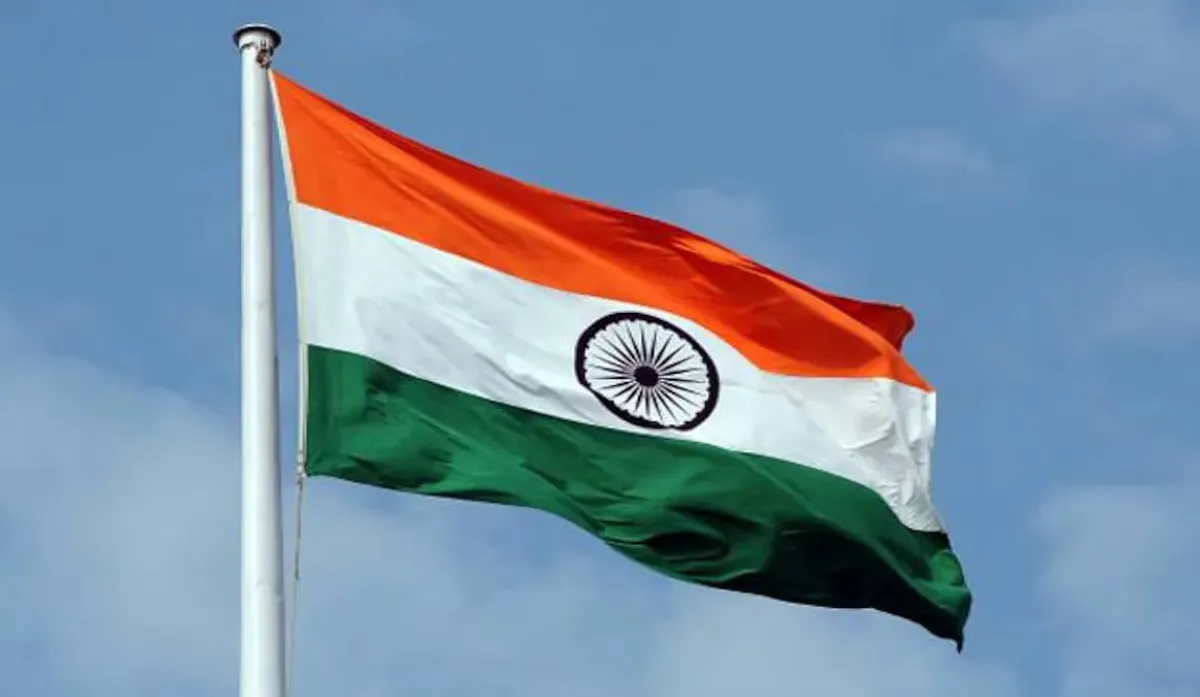- By Akansha Pandey
- Wed, 13 Aug 2025 07:16 PM (IST)
- Source:JND
India is about to celebrate its 79th Independence Day this year. Like every year, the Prime Minister will hoist the national flag at the Red Fort. But did you know that before independence, India did not have its own flag? Even the Tricolour that is the pride of our nation today went through several changes. Before it was officially declared the national flag, many other flags were adopted as a symbol of the nation, and eventually, we got our Tiranga.
So, let's learn about the history of India's national flag but before this lets understand why do countries need a national flag.
Why Do Countries Need A National Flag?
Every country needs a national flag to act as its symbol on the world stage. A national flag is much more than just a piece of cloth; it carries a powerful message. It represents a country's unique identity to other nations—showing its diverse culture, history, values, and the unity and pride of its people.
Flags are also used for official purposes , representing the country in international relationships and at important ceremonies.
History Of Tricolour
Before we got the Tricolour that we consider our national flag today, India went through six different versions or modifications of its flag. Let's learn about who made these first six flags and when.
First Indian Flag in 1904
The first flag of India came into being between 1904 and 1906, designed by Sister Nivedita, an Irish follower of Swami Vivekananda. This flag later became famous as the 'Sister Nivedita Flag'. This flag was made in red and yellow colors, with the words "Bonde Mataram" inscribed on it in Bengali. The flag also included the symbol of 'Vajra' as a symbol of power and a white lotus as a symbol of purity.
Second Flag in 1906

(Image Sorce: Wikipedia)
The second flag was designed by Sachindra Prasad Bose and Hemchandra Kanungo in 1906. This tri-colour flag consists of three parallel stripes: green, yellow and red. There were 8 lotuses on the green strip, with Vande Mataram written on the yellow strip in the Devnagari script. The third red-coloured strip had symbols of surya (sun) and half moon printed on it. This flag was hoisted for the first time in the Parsee Bagan Square in Calcutta (present-day Kolkata).
Third Flag in 1907

In 1907, Madam Bhikaji Cama hoisted a flag in Paris which was slightly different from the previous flag. This tricolour had saffron, yellow and green stripes. The flag was displayed by Madam Cama at a socialist conference in Berlin, which led to it being named the 'Berlin Committee Flag'.
Fourth Flag in 1917
 (Image Souce: Wikipedia)
(Image Souce: Wikipedia)
In 1917, during the Home Rule Movement, Annie Besant and Bal Gangadhar Tilak came up with a new flag. This flag was a symbol of the fact that Indians wanted their own rule under the British Empire. This flag had Britain's 'Union Jack' in the upper corner and the rest had five red and four blue stripes. It had seven stars like the 'Saptarishi' constellation and a moon and a star in one corner. However, this flag did not become very popular among the common people.
Fifth Flag in 1921
 (Image Souce: Wikipedia)
(Image Souce: Wikipedia)
In 1921, when the Congress was meeting in Bezwada (Vijayawada today), a young freedom fighter named Pingali Venkaiah gave Mahatma Gandhi a design of a flag. It had three stripes, which symbolised the mutual brotherhood of different communities of India. Also, there was a spinning wheel in the middle to show the progress of the country.
Sixth Flag in 1931
 (Image Souce: Wikipedia)
(Image Souce: Wikipedia)
In 1931, a resolution was passed and Pingali Venkaiah's flag was accepted with some changes. In this, saffron colour was used instead of red, while white and green colours remained the same. In this flag, saffron colour was a symbol of courage, white colour was a symbol of peace, and green colour was a symbol of greenery and progress.
Final Flag Adoption in 1947

Finally, in July 1947, the Constituent Assembly formally adopted the flag of free India with one major change. The spinning wheel was replaced by the Dharma Chakra of Emperor Ashoka, symbolising truth and life. This came to be called the Tiranga.

